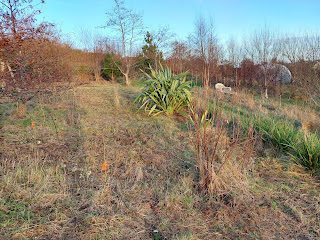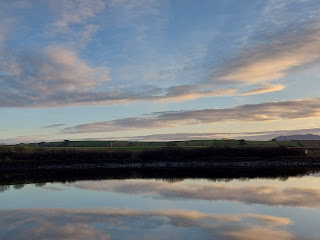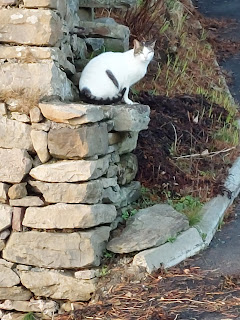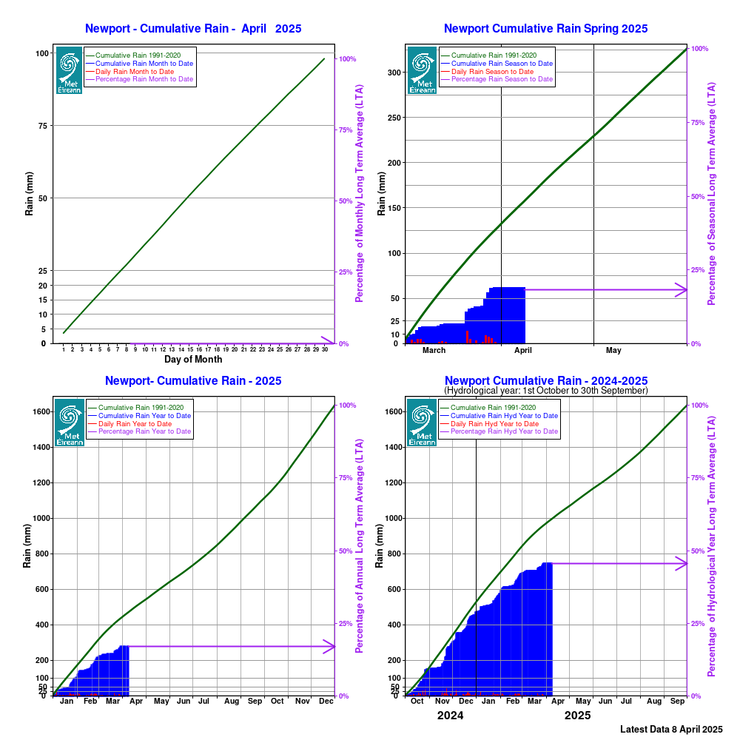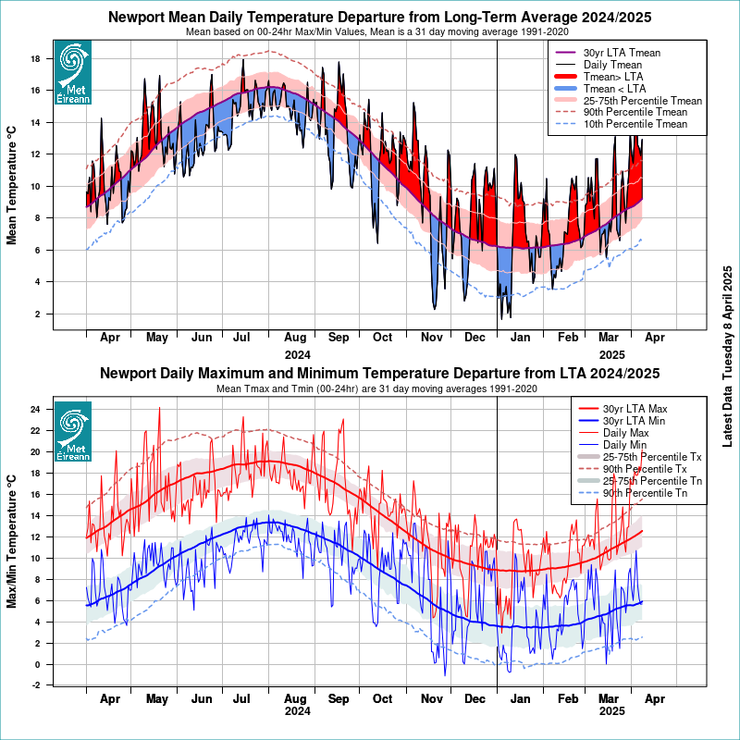 |
| Lawn mowing |
Today, the last day of January, Alex mowed the vineyard while I mowed the lawn for the first time this year. It really needed it. It's been such a mild winter that the grass has been growing rather steadily. As tomorrow is Imbolc or St Brigit's Day, it was fitting to prepare for the new season today.
I have not finished pruning the orchard but I made significant progress. Last summer, we had a terrible problem with leaf curl in the orchard, which included the peach in the greenhouse. And as I noted that the peach tree in the polytunnel is beginning to leaf, I made up a batch of Winter Tree Wash and sprayed the affected trees in the orchard and the polytunnel peach. I coated the cherry trees, the peach, and the crabapple but not the apples or pears. I should probably have done the plum. I can get that after I prune it some more. It's not easy to spray all the bark when there are a lot of branches.
 |
| Polytunnel Peach (PP) |
It was the perfect day for this. It was dry, cloudy and relatively still. I used the 2-litre sprayer that I use for applying fulvic acid. It delivers a narrow stream that worked reasonably well on the thinner branches. Leaf curl can usually be controlled satisfactorily by a spray of a suitable registered fungicide at any stage of dormancy. Most effective control is achieved by spraying when the buds are swelling but before they have opened. It's not possible to control the fungus once it's entered the leaf. I hope I was not too late for the PP.
Winter Tree Wash is a blend of natural plant and fish oils for the control of insect and aphid eggs on fruit trees and bushes during the dormant season. Suitable for organic gardening, it can be used on both edible and ornamental crops. Apparently, this tree wash seals the bark so the fungus can't get in and insects cannot lay their eggs. I hope it works. I'm really hopeful that between the fulvic acid, which strengthens cell structure and the winter wash, I will be successful in controlling the fungal invasion. The fulvic acid seems to be working in the polytunnel.
Slowly, the chores are getting done. Next, I will be starting my seeds. So many to plant.
 |
| Orchard and vineyard beyond |
 |
| Daybreak this morning |





















